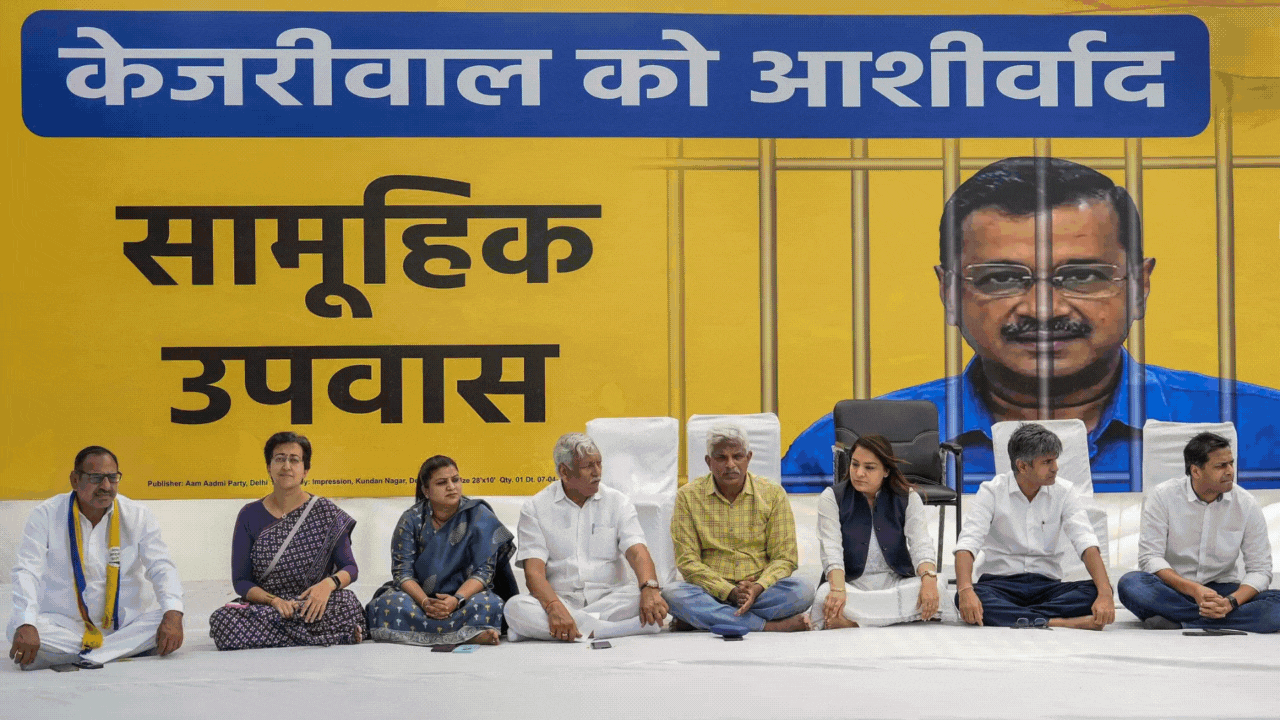
Kamala Harris vs. Donald Trump: Elections Today!
As election day approaches, the 2024 race between Kamala Harris and Donald Trump has captivated millions. While each candidate has built a compelling campaign, predicting the outcome is complex. The factors influencing this decision involve deep-rooted party loyalties, voter turnout, and the specific issues each candidate prioritizes.
Kamala Harris’s Strengths
Kamala Harris has served as Vice President under President Joe Biden, positioning her as a candidate with firsthand executive experience. She’s gained support from progressive voters who see her as an advocate for social issues, healthcare reform, climate change, and racial justice. Harris’s campaign emphasizes unity and inclusiveness, aiming to energize both moderate and progressive voters. Her approach aligns with the evolving demographic shifts in the U.S., particularly appealing to younger voters and people of color. Harris’s background as a former attorney general also gives her an edge in addressing issues of justice and law enforcement reform, which are central concerns in many communities.
Donald Trump’s Strategy
Donald Trump, running for re-election after his 2020 loss, continues to resonate with a significant portion of the American electorate. His message remains rooted in themes like economic prosperity, national security, and “America First.” His support base is deeply loyal and motivated, especially in states where he won decisively in 2016 and performed strongly in 2020. Trump’s rallies continue to draw large crowds, and he’s maintained influence among key Republican voters and even some independents concerned about economic uncertainty. His straightforward approach to issues like immigration, energy independence, and military strength appeals to those who value a return to his previous administration’s policies.
Key Issues Influencing the Race
This election has highlighted key topics:
- Economy: With inflation and cost-of-living concerns, voters are focused on economic solutions. Trump’s message emphasizes tax cuts and job growth, while Harris highlights the administration’s efforts toward economic recovery and initiatives for affordable healthcare.
- Healthcare and Education: Harris advocates for expanded healthcare access and improved education funding. Trump criticizes such initiatives as costly but suggests a streamlined approach to reform.
- Climate Change and Energy Policies: Harris supports clean energy investments and addressing climate change, whereas Trump advocates for traditional energy sources, positioning it as a job-saving stance.
Swing States and Voter Turnout
As with any election, swing states will play a pivotal role. Pennsylvania, Wisconsin, and Arizona are closely watched as potential deciders. Voter turnout, especially among young and minority groups, will also be key for Harris’s campaign, while high turnout among conservative and rural voters will benefit Trump.

Potential Outcomes and Public Sentiment
The election outcome hinges on several variables, including voter turnout, the impact of final campaign pushes, and any last-minute developments. Kamala Harris may hold an advantage in areas focused on progressive and inclusive policies, while Trump’s appeal among working-class Americans and his critique of the current administration may tip the scales in his favor in traditionally conservative areas.
In Summary
With each side drawing on loyal supporters and key issues resonating across the electorate, this election is truly anyone’s to win. What’s certain is that both Harris and Trump represent vastly different visions for the future of the United States, and the decision rests in the hands of voters across the nation.
Tomorrow will reveal the path forward for the country as Americans choose between continuity under Harris’s vision or a return to Trump’s agenda. Whatever the outcome, this election is set to shape the country’s direction for years to come.






